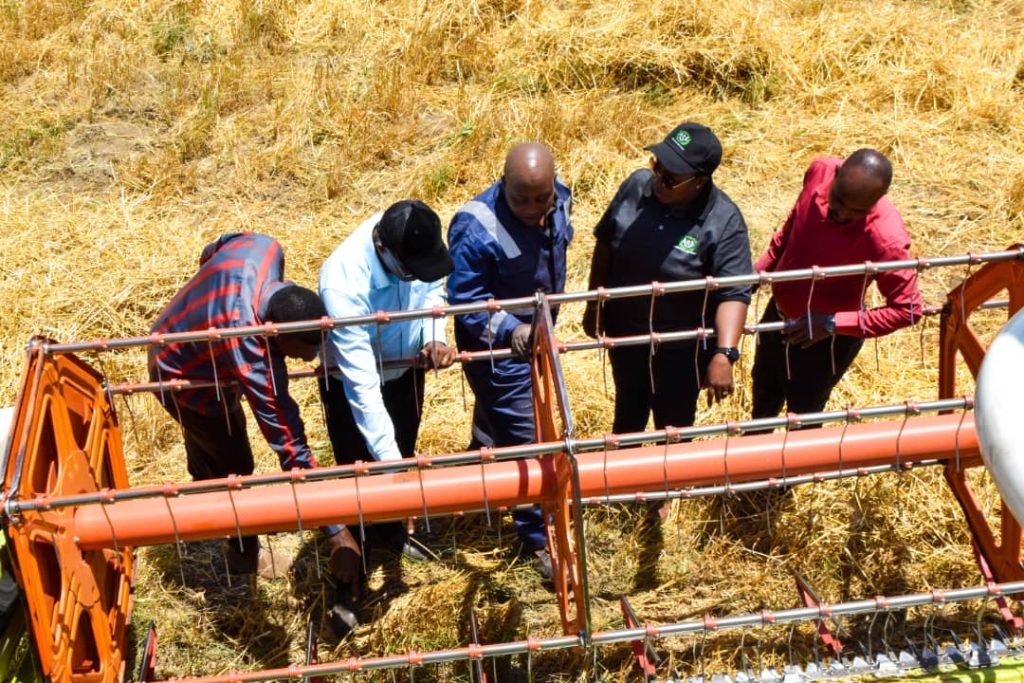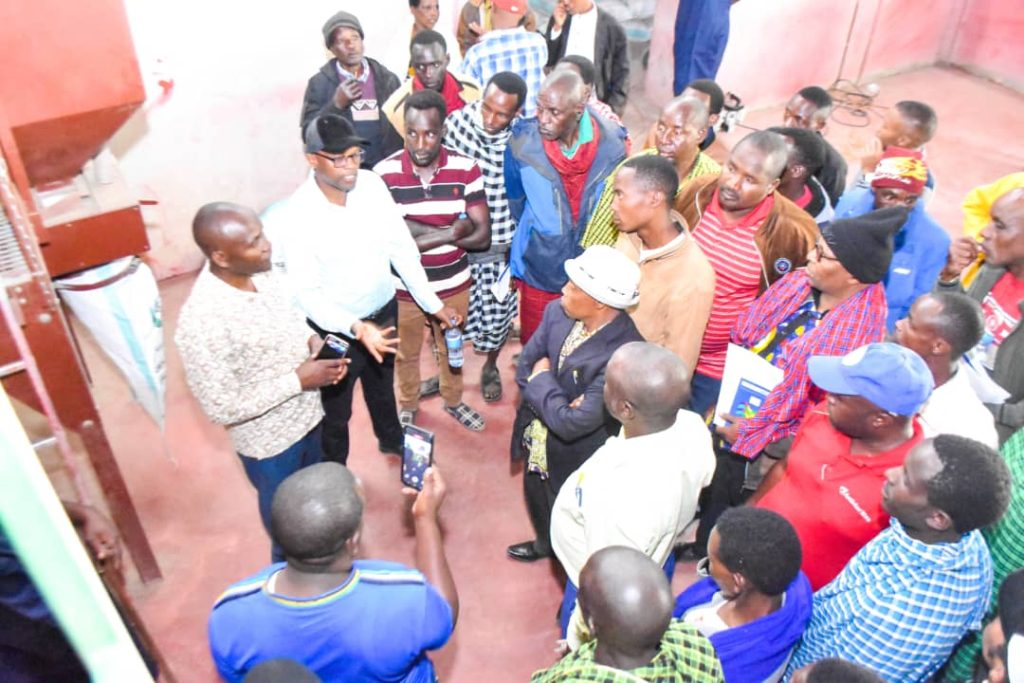ASA, AGRA Trains Over 100 Wheat Farmers In Tanzania’s Northern Regions

By Senior Reporter
THE Agricultural Seed Agency (ASA) has conducted a special training to impart over 100 wheat farmers in the two regions of Kilimanjaro and Arusha with needed agronomic practices for the professional cultivation of the economic cash crop.
The timely training was organized and facilitated by the state –owned seed agency in cooperation with the Alliance for a Green Revolution in Africa (AGRA), aiming to assist the involved farmers to heighten production and productivity of the cereal grain crop in the northern part of the country.
Throughout the training, over 100 wheat farmers from the two regions gathered at the ASA’s Arusha-based seed estate whereby they received useful practical training from the agricultural pundits from the two institutions, ASA and AGRA.
Giving a press briefing over the development, ASA’s Production Manager, Dr Justin Ringo, said the training was further focusing on having the farmers fraternize and adopt the recommended growing principles for cultivating the wheat.
He informed, ASA has been working in sync with AGRA to implement a series of strategies to assist the local farmers in the sub-sector, the development which he said have so far resulted into a successful development.
“Through our training initiatives we have managed to scale-up wheat seed production to over 1,200 tons, exacerbating increased production and productivity among the farmers,” he observed.

Due to the fact that wheat stands among the currently strategic crops in Tanzania, Dr Ringo assured that ASA will continue to step up more efforts meant to empower the wheat farmers in the country, the strategies he said will base on disseminating them with key growing skills as well as improved seeds.
He challenged the beneficiary farmers to use the knowledge they acquired from the training to expand and cultivate the crop more productively while also imparting the same knowledge to the other farmers in their respective areas.
For her side, the agency’s acting business development director, Mary Machaku expressed that ASA will continue ensuring the farmers across the country are getting improved seeds at the government’s set subsidized prices in order to boost production and productivity in the economic sector.
As part of improving production of the crop in Tanzania, ASA has recently introduced into the country a new improved variety for wheat, coded SST 884. Imported into the country from Zambia, the new hybrid variety possesses high growing potential with a wide range of adaptation.
The variety, according to the relevant details from ASA, takes between 90 to 110 days to reach the harvesting stage, and with capacity to produce between 14 and 18 sacks per acre.

Wheat production in Tanzania is an essential component of the agricultural sector, providing a significant source of food and income for many rural communities. The crop is primarily grown in the cooler, high-altitude areas of the country, such as the regions of Arusha, Kilimanjaro, Manyara, and parts of the Southern Highlands, including Iringa and Njombe, whereby Makete in the Njombe region is particularly notable for its wheat production.
To help improve wheat production, the government had since the 2023/2024 farming season embarked on a specific strategy which, among others, saw Makete district receive a substantial subsidy of 1,000 metric tons of wheat seeds from the Agricultural Seed Agency (ASA).
Furthermore, the government is considering establishing two wheat processing plants to support the increased production. Makete, which leads the nation in wheat production, is proposed as a priority site for one of the factories.
Records at the ministry of agriculture show that wheat is among important crop for food and income generation in Tanzania, and despite for its importance the production of the crop is still low (around 100,00MT annually) compared to crop demand of 1,000,000 MT per year, requiring the country to import about 90 percent of wheat for consumption.








